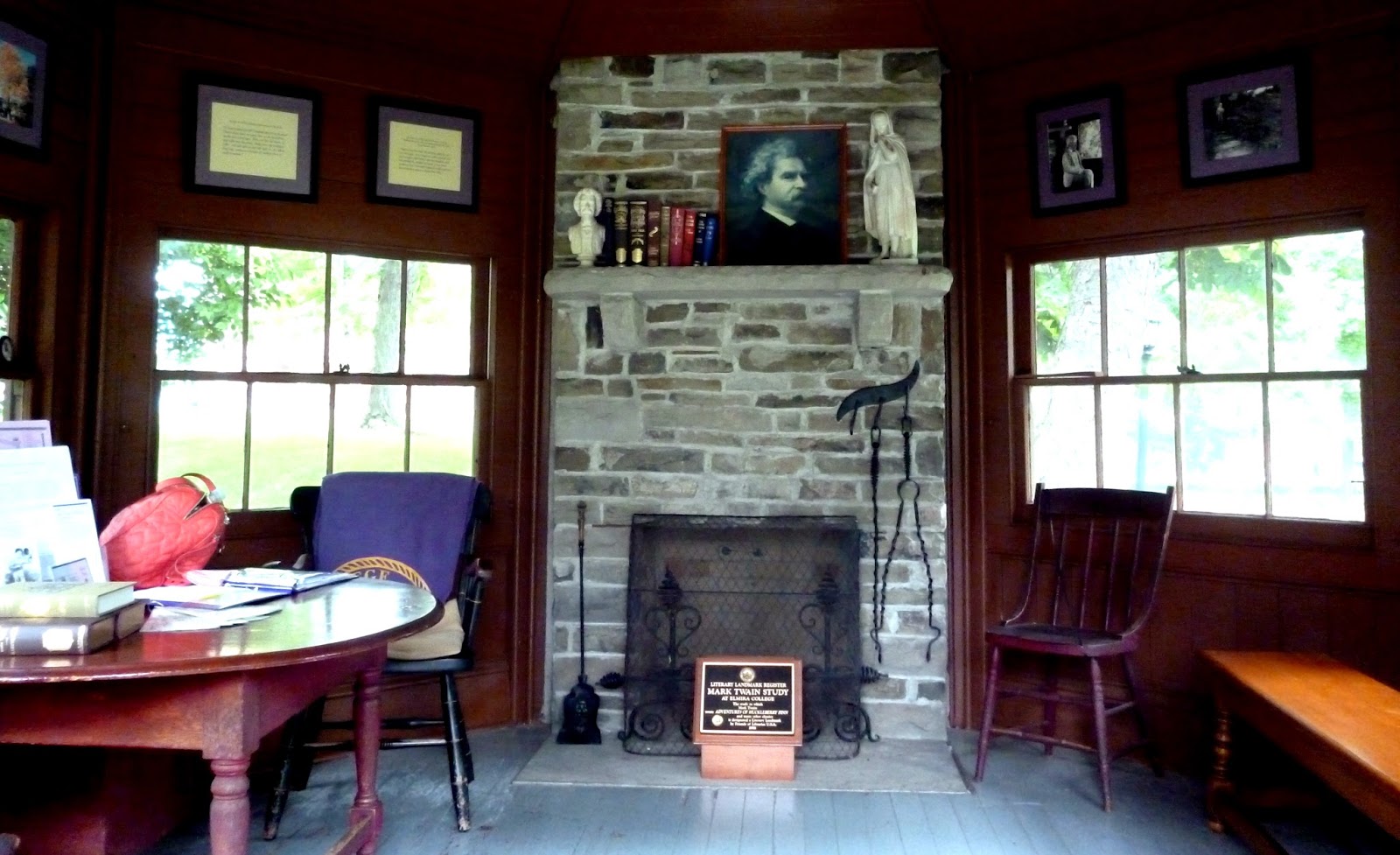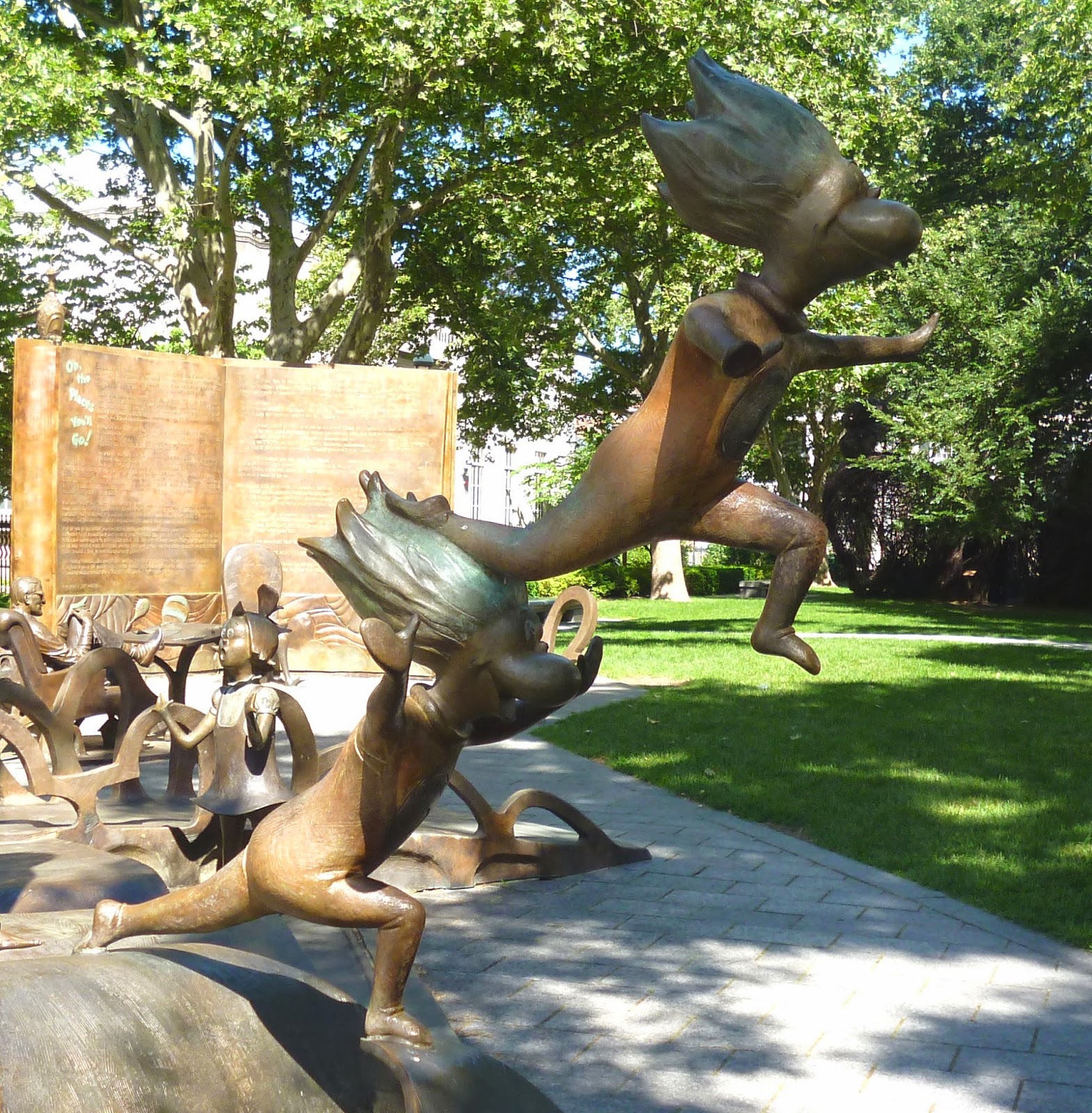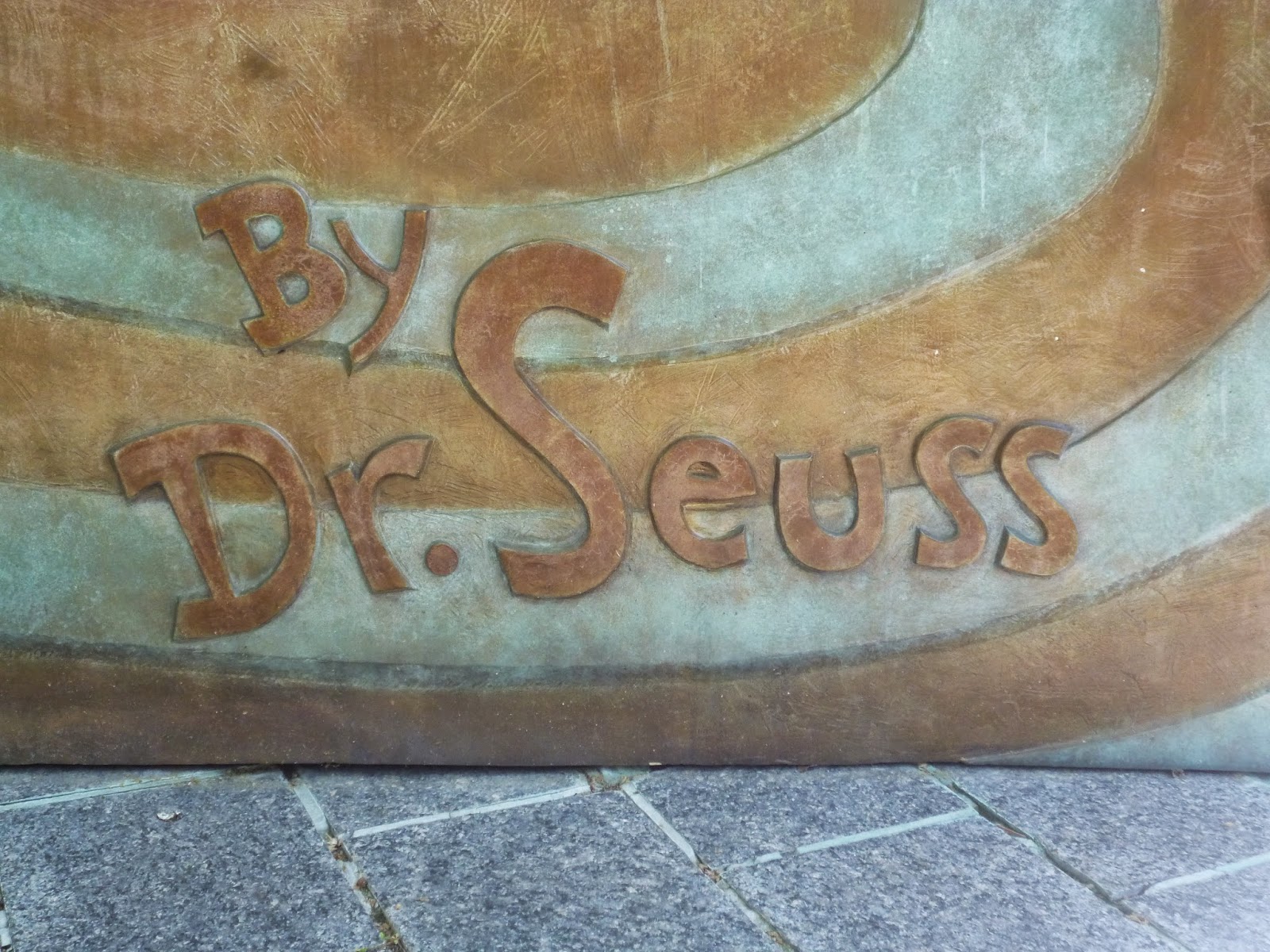The above photo of the cottage of Edgar Allan Poe (1809–49) in the Bronx, NYC, was taken in 2008 and we were disappointed that it wasn't open at the time of our visit. We vowed to return at some future date, so I took the opportunity to drive there from our hotel in White Plains, NY, yesterday. We certainly weren't disappointed this time. Many thanks to P. Neil Ralley for his hospitality.
Ever since our earlier visit this photo has occupied prime position on my blog's masthead because my partner Penny loves it, and she has always challenged any intentions I've had of removing it to give the blog a refreshing makeover with the admonishment: 'If it ain't broke, don't fix it!' Until, that is, I took a newer photo of it yesterday, complete with open door and light inside.
I've often wondered how many people looking at my blog know they are looking at Poe's Cottage, and I've received some interesting emails on the subject. One person thought it was in the Appalachians, another in the exclusive estate The Park in Nottingham, and my friend David Guillaume – a distant relative of the bizarre but brilliant writer Lionel Britton (1887–1971) – even wanted to know the name of the black cat to the far right of the photo by the railings: if memory serves me right, I believe David even had an idea that the 'cat' almost looked like a raven. Although I'm pretty certain it's not a cat but a black bin bag, the indefatigable ancestor-chaser Robert Hughes – occasional contributor to this blog, great-nephew of Lionel Britton and both receiver of countless emails from me and sender of countless emails to me – put in a small plea for the retention of the 'cat'. But Penny likes the new photo and her word must remain final: in any case, the cat can still be seen on this blog post.
(Persons unfamiliar to this blog will not have heard of the writer Lionel Britton: I'm the guilty party who resurrected knowledge of him by earning a PhD on his work in 2007, I wrote the Wikipedia article on him, and if that whets your appetite then anyone can easily find much more information on this blog, which contains the entire (if sometimes unformatted – computers behave oddly at times – contents of the PhD).)
Poe's Cottage is now at the corner of Kingsbridge Road and the Grand Concourse, although it was originally about two hundred yards away. It was constructed about 1812 and Poe, his wife Virginia Clemm and mother-in-law Maria moved into the cottage in Fordham in about April 1846.
A view from the rear.
The kitchen, now also the entrance room to the museum. Almost all of the furniture in the house is of the period, although only a very few items originate from Poe's time here.
The sitting room.
This rocking chair originally belonged to the Poe household.
The ailing Virginia died of tuberculosis at the end of January 1947, and this is the original bed in which she died. When Poe died in October 1849 he was still living here, although the place of his death was Baltimore, MD. Some of the works Poe wrote during his relatively short time here include 'Annabel Lee', 'The Bells' and 'Eureka'.
This bronze bust of Poe was sculpted by Edmond T. Quinn.
The links below are to other Poe-related posts I've made:
–––––––––––––––––––––––––––––––––––
Poe in Richmond, VA
Poe in Boston, MA




































































